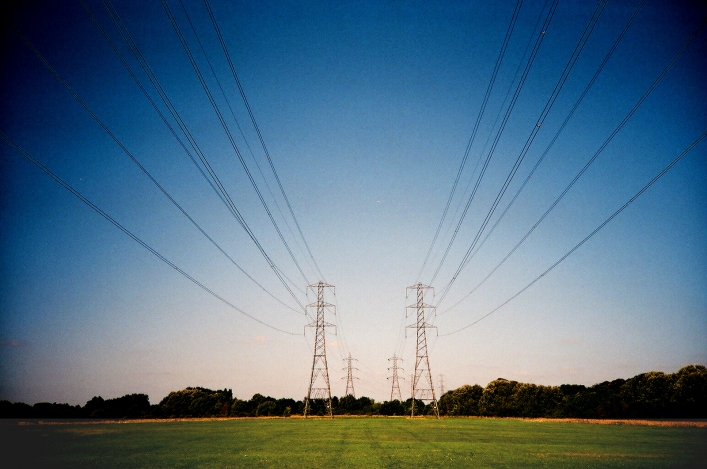
Solar developers could be offered ‘time-profiled’ grid access during daylight hours to suit the generation profiles of their sites under a planned shake-up of the distribution network access and charging arrangements.
Yesterday Ofgem published an 88-page consultation seeking views on ‘getting more out of our electricity networks through reforming access and forward-looking charging arrangements’.
As part of a whole raft of proposals outlining changes to the current regime, the regulator is seeking views on the potential to offer solar developers access rights to the distribution and transmission systems based on time of day.
Following discussions with industry stakeholders, it has determined that users of the energy system do not all necessarily want access at the same time.
Using a solar generator as its principle example, Ofgem has said that the use of time-profiled access rights could lead to better use of existing network capacity and should allow more users to connect quickly and without the need for expensive reinforcement.
It posits that a solar generator seeking connection to the distribution network in a region of high levels of generation would be faced with network constraints. Under current arrangements, the distribution network company would likely offer a ‘non-firm’, or flexible, grid connection, which would allow it to curtail output from the solar project when needed.
The alternative would be a standard connection that would leave the solar company liable for a proportion of the reinforcement costs that could be required by the network. This could be substantial and may also delay connection of the project.
Under a ‘time-profiled’ approach, the solar generator could gain quicker and cheaper access if it is in a constrained area, as it could allow them to exploit spare network capacity outside of winter peak periods.
Firming up access across the system
Ofgem is also considering other improvements to the existing arrangements, such as improving the definitions and choice of access to the system, particularly around the ‘firmness’ of connections.
Caps on the amount of time that a user with a flexible connection can be curtailed without payment being available are being considered, which Ofgem suggests could make curtailment risk easier to manage for users while making non-firm connections more attractive.
Another option in the proposals would see distributed generators like solar avoid curtailment within their flexible connections altogether if they utilise other technologies such as demand side response to help manage the constraints that would otherwise emerge on the grid.
Further proposals seek to make changes to how use of system (UoS) chargers are applied across the entire energy system as the boundaries between the transmission and distribution systems become blurred.
The increasing prevalence of generation assets connecting to the distribution system rather than transmission has increased the interaction between the two levels of the UK energy system; a fact that has not been reflected in charging arrangements, Ofgem argues.
Transmission Network Use of System (TNUoS) will be a focus of the proposed Significant Code Review (SCR), specifically how they are charged to small distributed generation. Instead of being treated as ‘negative demand’, whereby generation such as solar and other small generators are not seen as generation but a reduction in energy coming onto the overall system, charges could be aligned with that of larger generators.
This would mean generators on the distribution system could pay charges in areas where they are contributing to transmission costs, with others continuing to receive credits where they are providing benefits to the transmission system.
A review of the distribution connection charging boundary could see reinforcement costs no longer be focused on new connecting users but signalled to a wider group of network users via UoS charges.
The work being undertaken by Ofgem has been welcomed by the Renewable Energy Association (REA), with policy manager Frank Gordon pointing out the current regime offers little certainty to developers.
“Work on reforming these areas is welcome though we would argue overdue, for example as any solar developer will tell you the system for connecting to the grid has almost become a lottery and must be addressed,” he said.
Industry stakeholders have until 18 September to submit their responses to the consultation, with Ofgem suggesting that any reforms would be in place between 2022 and 2023.
